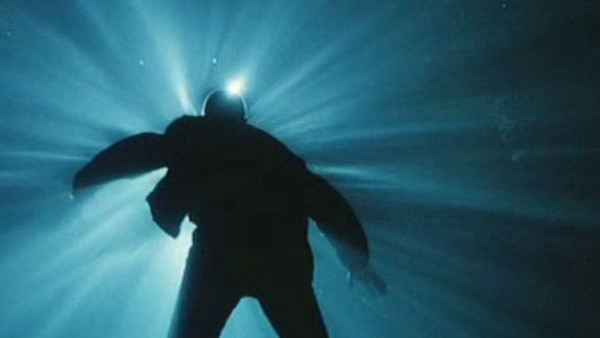8 Things You Learn Re-Watching Trainspotting
2. Danny Boyle Uses Colors To Communicate The Stages Of Addiction

In good old-fashioned English GCSE level analysis, this point is all about color. It is not - however - some pretentious blue-curtain-meme analysis. This stuff is legit. Because, in Trainspotting, Danny Boyle uses color to communicate where a character is in relation to their drug addiction. Broken down it looks like this:
Red - a trope so frequently used to represent the life-force flowing through our body, yet in this instance, it symbolizes that other life-force that our junky protagonists have flowing round their bodies. Because whenever a character is shown to be injecting, they're almost always sat in a room with red walls and Swanney's apartment - where it is implied the gang regularly frequent to get their hit - has the deepest red walls of them all. There's also the significance of the red shag carpet that - whilst overdosing - Renton descends into like it's his grave.

Green represents the process of healing or the periods in which a character - typically Renton - is clean. When he tries to kick his addiction the first time, he takes the boys out to the countryside. He delivers his "Scotland is sh*te" speech surrounded on all sides by miles and miles of wispy, windy, good old Scottish hillsides. Then - when he regresses again and his parents force him into detoxing - Renton is trapped in his room and all but confined to his green-mattressed bed whilst his doting folks bring him - you guessed it - pea soup. Also of note - once again - is Swanney's apartment where Dawn the baby is perpetually left to her own devices in a green-walled, green-carpeted bedroom.

The final significant color is blue, used to represent the moments of transition between addiction and sobriety. Hospital corridors are blue - and other transitional spaces like hotel rooms and hallways. But most significantly is the water Renton finds himself surrounded by after he dives into the toilet after his suppositories.